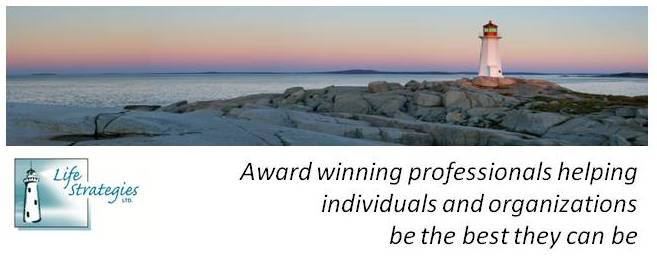Mention you're thinking about e-counselling or coaching, whether as a client or as a professional, and you'll almost certainly get mixed reactions. Some people embrace the idea; others will tell you it can’t be done. Most fall somewhere between those extremes. We've chosen to co-author this article from a middle ground perspective; having experienced e-counselling/coaching as clients, professionals, students, and instructors, we see this in multiple shades of grey.
Naysayers express concerns that effective counselling/coaching requires access to body language and tone of voice; however, working online doesn't preclude that. Effective e-counselling/coaching can happen via email, phone, Skype, e-chat, and even texting. Contextual cues can be provided through emoticons (e.g., “smileys”) or bracketed statements (e.g., [huge sigh . . . wow, that's so hard to think about]); this, of course, requires effective modelling and teaching/coaching your clients how to communicate in this medium. Professionals can explore missing details through questioning (e.g., “You’re writing hints that this may be a difficult subject to discuss; what are you feeling when you write about this?”)
Even easier and more natural is to use technologies that effectively transmit video and voice (e.g., Skype with webcams). For example, once Roberta was using Skype to counsel a Canadian client working abroad in a remote community. At one point in their conversation, Roberta noticed her client reach for a Kleenex and wipe her eyes. Although Roberta had missed the emotion in her voice - she didn't sound particularly upset at that point - because of the webcam, she was able to observe and comment on the client’s body language, resulting in a very powerful counselling moment that helped the client turn a significant corner.
Identifying the most appropriate technology for each client, and equipping the client to use it effectively, is another logistical challenge; in our experience, employing a mix of platforms works best. Being comfortable with the technology you choose is essential; you’ll need to troubleshoot when problems arise. For example, Miranda was working through Skype with someone overseas but the connection continually dropped the calls. They then moved to a Skype text chat to continue the momentum of the session. After a few calls they realized that the call connection was stronger at certain times of day and adjusted their schedules accordingly. Technology is simply the channel to reaching goals; if it isn’t working, try another channel.
To become a competent e-counsellor or coach, we encourage you to access relevant professional development. When Roberta first began teaching online, she chose to take one online course to experience it from the students' perspective – she went on to complete three full certificate programs in e-teaching, e-course development, and e-coaching. When Miranda began to teach e-coaching, she volunteered as a client for several coaches - learning much in the process.
Working online can expand your practice, offer a convenient alternative to some of your current clients, and help you and your clients balance complex life roles and demands. We encourage you to explore the potential for e-counselling and e-coaching and, if you decide to proceed, to engage in the research, professional development, and technologies that will ensure your new services are effective.
Also visit our article about e-Coaching Ethics on the Contact Point wesite: http://contactpoint.ca/the-ethics-of-e-counselling/
Roberta Neault, president of Life Strategies Ltd., is an award-winning career counsellor, published author, and international speaker, serving as consulting editor of the Journal of Employment Counseling and past president of CCPA's Career Counsellors Chapter.
Miranda Vande Kuyt is an associate with Life Strategies and an experienced e-coach and consultant. You can join Miranda in an upcoming e-coaching course http://lifestrategies.ca/services/courses/short-courses.cfm.
Wednesday, October 3, 2012
Subscribe to:
Post Comments (Atom)





No comments:
Post a Comment